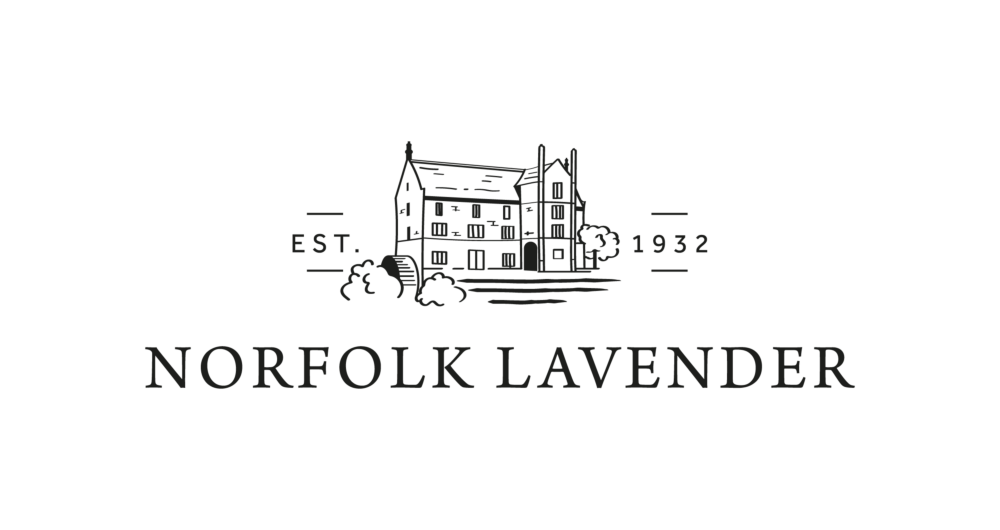We use cookies to make your experience better. To comply with the new e-Privacy directive, we need to ask for your consent to set the cookies. Learn more.
THE STORY OF ENGLISH LAVENDER
Legend has it that lavender was first brought to Britain by the Romans. No one knows if it was already growing on British soils before they invaded, but we do know that the Romans would have brought it with them. Roman soldiers carried their own ‘first aid kit ‘ of herbs, and wherever the armies settled herbs would be grown- lavender, rosemary, parsley, sage , thyme, fennel, borage, and many others. The Romans were aware of lavenders healing, soothing and insect repellent properties, and used the oil in massage. They also burned lavender in honour of their gods.
One of the great pleasures of Roman civilisation was the public baths. The hot water was scented with lavender- the plants name is derived from the Latin word lavandum which means ‘fit for washing‘. After the departure of the Romans, interest in cleanliness seems to have declined.
The Monasteries
In medieval times monasteries provided the only hospitals. The monks grew a wide range of herbs and spices in the ‘physick’ gardens and used lavender in many of their remedies.
The Manor Houses
The lady of the manor played an important role in the welfare of the families living and working on her husband’s land, and her garden was a vital source of raw material for her remedies. In her still room she stored, mixed and prepared herbs and spices for a great variety of uses, both culinary and medicinal.
Tudor Times
By the sixteenth century lavender was established as the ‘ herb of cleanliness and calm’ and used in every room of the house. It was laid in clothes chests to prevent moth damage, scattered in beds to deter vermin , hung in bags to freshen the air, and mixed with charcoal to clean teeth. Lavender may be found in some of today’s herbal toothpastes. Scented herbs, including lavender, were also cultivated for use in mazes or labyrinths.
Lavender oil mixed with beeswax was rubbed into wood to prevent infestation. The new import, tobacco, was scented with lavender, both for smoking and for snuff.
Thomas Tusser, a famous Elizabethan herbalist, recommended a mixture of twenty herbs, among them lavender, to strew on the rushes that covered the stone floors of that time. When crushed under foot the strongly aromatic herbs would sweeten the air.
Lavender was also used in the kitchen. Queen Elizabeth I, who was known to have a sweet tooth, was certainly fond of a lavender conserve for which the flowers were steeped in sugar- a modern dentist would shudder.
The Stuarts
Queen Henrietta Maria, Charles II’s mother was also partial to lavender conserve and to lavender wine, she grew white varieties of lavender in her famous Wimbledon garden.
In those days soap had a particularly rancid smell; during the seventeenth century it was discovered that this could be overcome by the addition of lavender oil.
During the Great Plague of 1665, which killed thousands in London and elsewhere, bundles of lavender were burnt in halls and churches to cleanse the air. The ‘vinegar of the four thieves ‘ acquired its name when notorious robbers confessed that they had plundered helpless plague victims while wearing lavender vinegar to protect themselves from infection. At such times the price of lavender and other herbs rocketed. Herb women and children who normally made a meagre living, could ask high prices for their fragrant blooms.
The Nineteenth Century and Victorian Times
Perhaps lavender is most associated in people’s minds with the Victorian era, when the widest use of lavender was in perfumery and the scenting of linen and clothes. It was fashionable among young ladies who continued to use it throughout their lives. Now the wheel has come full circle, as with the increasing awareness of herbal benefits and natural products lavender is once more popular with young people.
The Twentieth Century
During the First World War the supply of modern disinfectants and antiseptics could not keep pace with demand, so it was necessary to revive older methods of treating the injured. Housewives of Britain and on the continent gathered lavender so that lavender oil on sphagnum moss could be used as a dressing.
But at the end of the war witnessed the beginning of a rapid decline of commercial lavender- growing in England. The growers in the formerly famous fields around London at Mitcham, Carsholton and Wallington, who had long battled with disease in their plantations, finally surrendered to the lure of increasing land values for urban development. Not one of those places has had any significant lavender plantations for more than sixty years.
In 1932, in the nick of time before the last fields were ploughed up elsewhere, Linn Chilvers founded Norfolk Lavender and planted the first six acres, thus keeping unbroken the great tradition of English lavender growing.
Our founder, Linn Chilvers, originally ran a nursery garden and florists business in Heacham, but he’d always dreamed of growing lavender on a large scale. Most local farmers dismissed the idea and it looked as though his vision would never come to fruition, but then Linn met Francis ‘Ginger’ Dusgate, of Fring Hall, who thought his plan was worth trying. In 1932, the two men went into partnership to grow and distill lavender.
The great venture started with Ginger providing six acres of land, and Linn supplying the 13,000 plants required. The planting was done by three men and a boy, in 18 days, for a total of £ 15. And so began the long tradition of Norfolk Lavender.
Linn Chilvers’ lavenders produced oil of excellent quality and yield. In 1936, the partnership bought two still which had been made in 1874. They paid for themselves time and time again, and remained in use until 2009. They can now be seen in the Distillery Museum.
